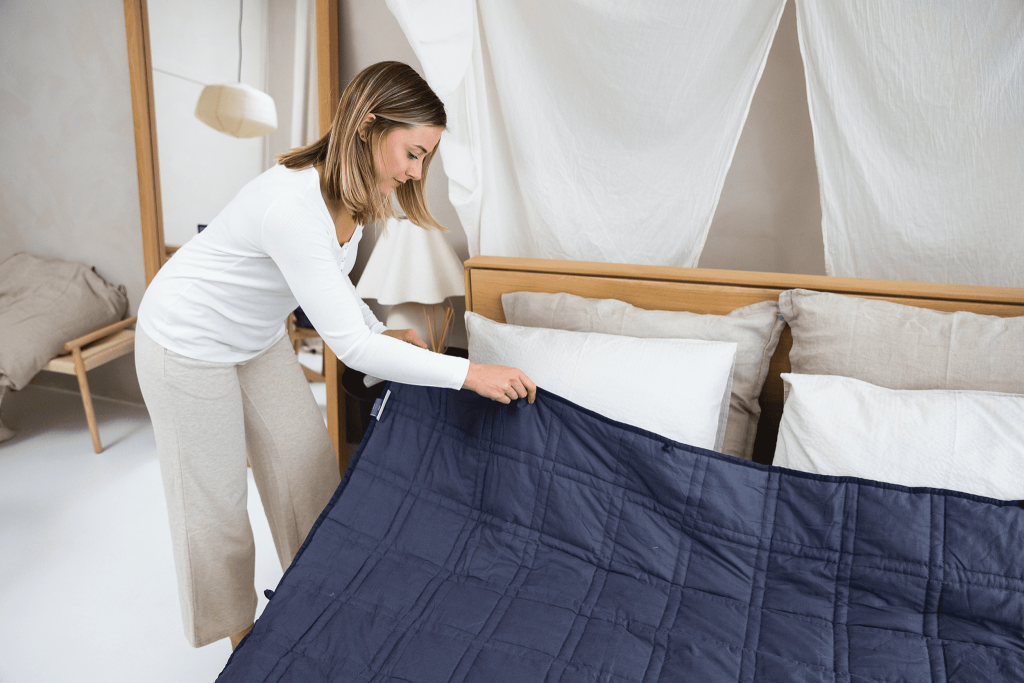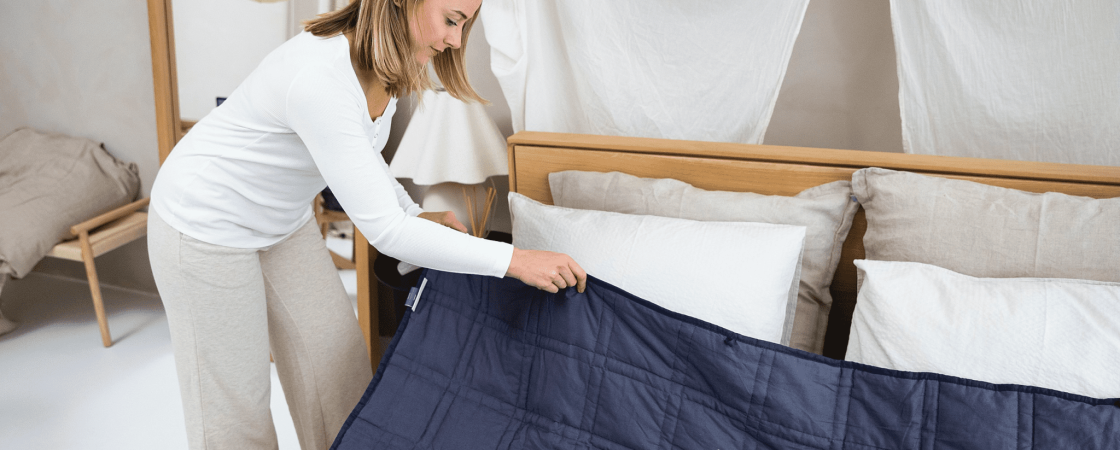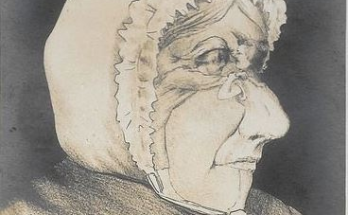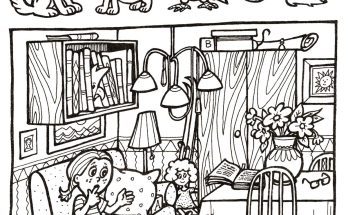Benefits of Damp Sheets:
- Wrinkle-Free: Damp sheets dry directly on the bed, giving them a smooth, almost ironed look.
- Cooling Effect: Especially in warm weather, damp sheets can feel refreshing.
- Time-Saving: Skipping the full drying cycle saves both time and energy.
- Softer Fabric: Natural drying on the bed can make sheets feel softer than machine-dried ones.

Potential Downsides:
- Mold Risk: Dampness can lead to mold or mildew if not managed properly, especially in humid environments.
- Cold Sheets: In cooler climates, damp sheets may feel uncomfortable.
- Fabric Damage: Frequent dampness could weaken fabric fibers over time.
- Skin Reactions: Residual moisture or detergent could irritate sensitive skin.
Expert Advice:
Experts have mixed opinions on using damp sheets. Some recommend fully drying sheets to avoid mold, while others suggest that in certain climates, damp sheets can be fine if carefully monitored. It all comes down to balancing comfort with practicality.
How to Try It Safely:
- Ventilation: Ensure good air circulation with windows open or a fan to help sheets dry fully.
- Dehumidify: Use a dehumidifier in humid areas to prevent mold.
- Monitor: Check sheets for any signs of mildew or odd smells.
- Rotate Sheets: Don’t use damp sheets night after night; allow time for drying.
- Limit in Cold Weather: In colder climates, avoid using damp sheets unless it’s warm.
Final Thoughts:
Using damp sheets is a unique approach that can save time, reduce wrinkles, and offer a cool sleep surface—especially in warm climates. However, it’s not without risks, like mold growth and discomfort in colder areas. Whether or not it works for you depends on your climate and personal preferences. If you decide to give it a try, make sure to manage the moisture carefully to enjoy the benefits without the drawbacks.
Pages: 1 2



